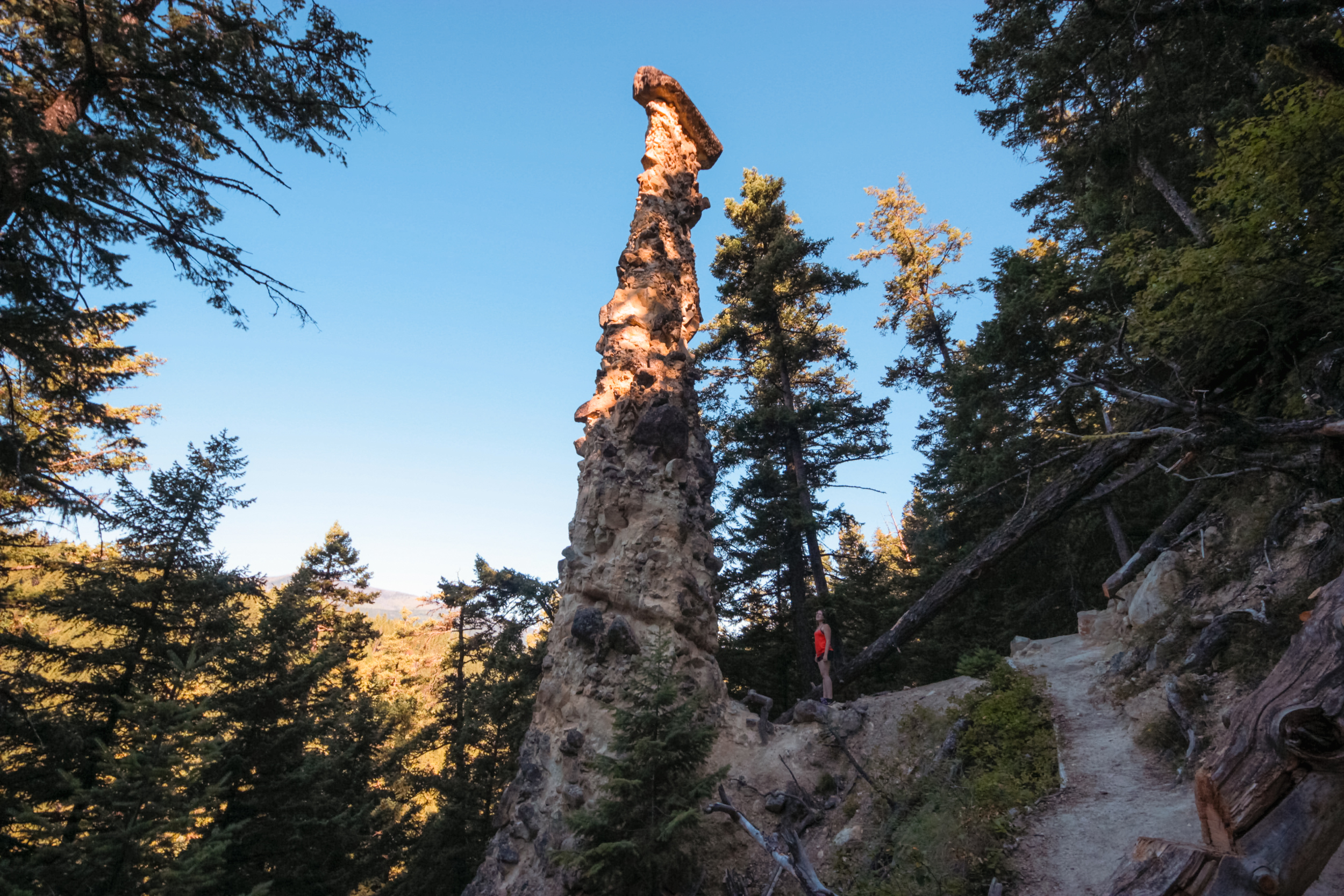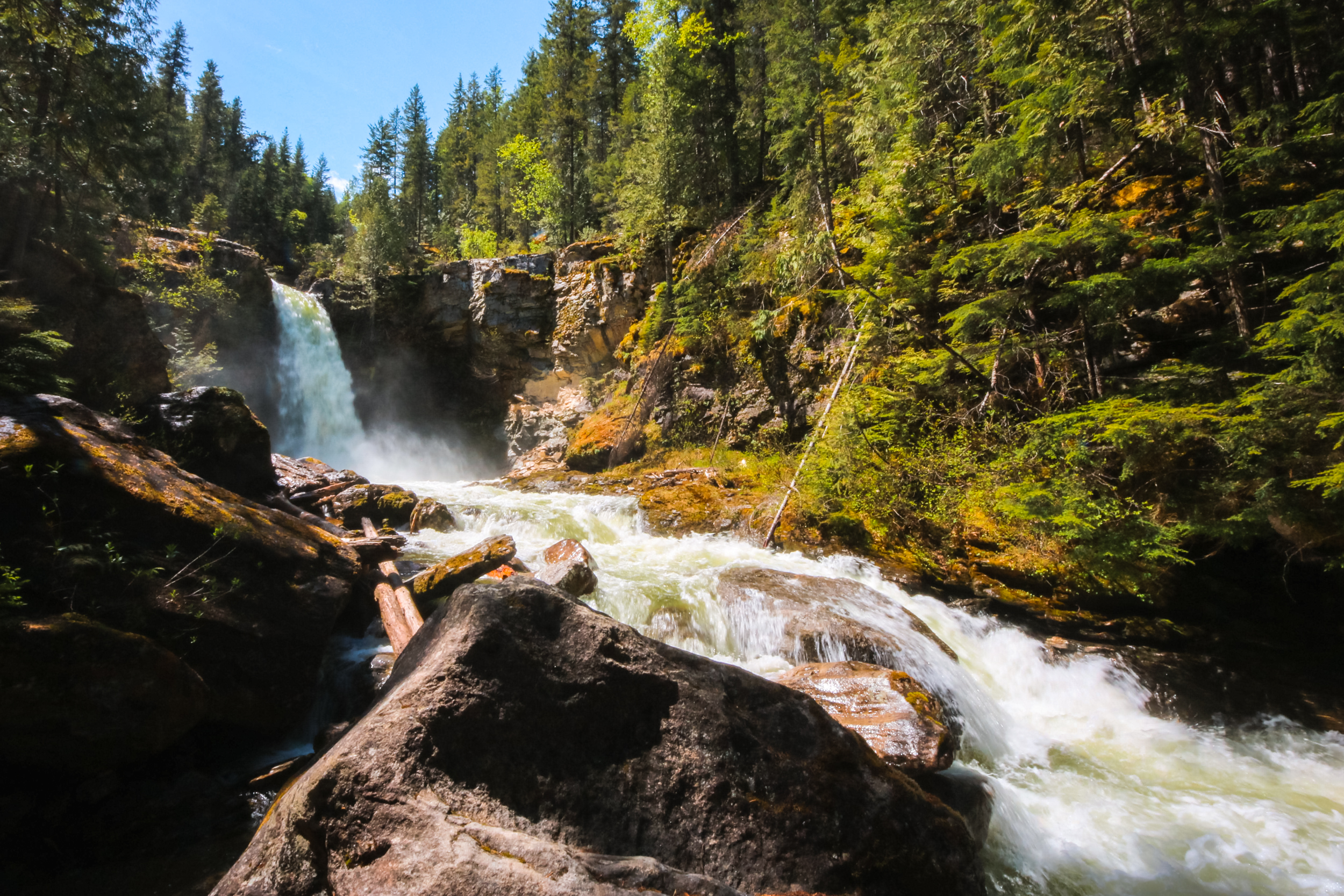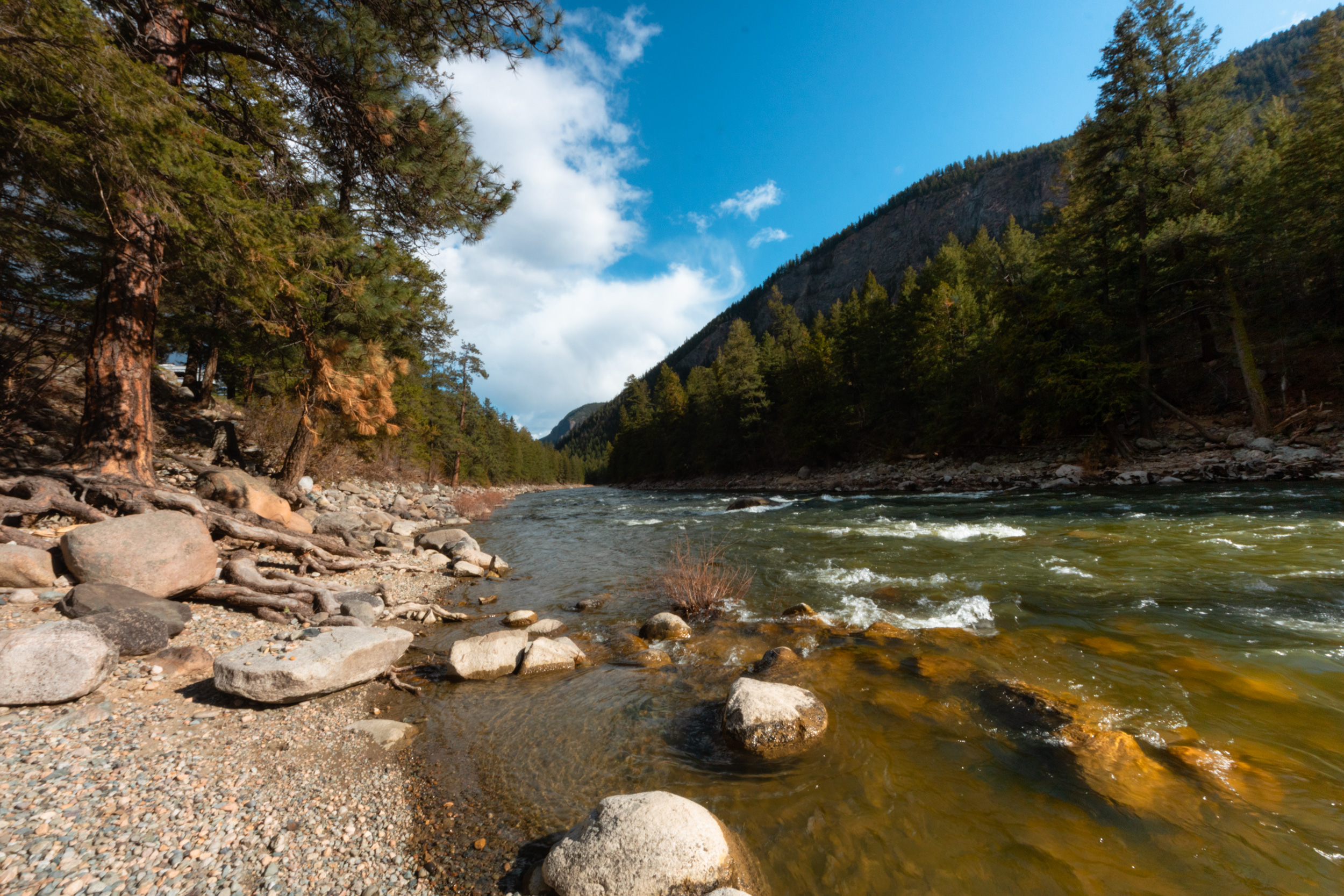Hiking Trail Etiquette for a Respectful & Enjoyable Outdoor Experience
Whatever your reasons for heading into nature — to get out of the city, clear your head, explore the outside world — I’ll bet you’re going there to enjoy yourself.
And so are the other people on the trail. By practicing proper trail etiquette, you’re doing your part to ensure everyone can enjoy the beauty of nature.
Luckily, trail etiquette is mostly just common sense.
Disclosure: This article may contain affiliate links and I may earn a commission, at no cost to you, if you click and/or buy a product online (even if it’s not the product linked). I take great care to only recommend helpful products and appreciate your support!

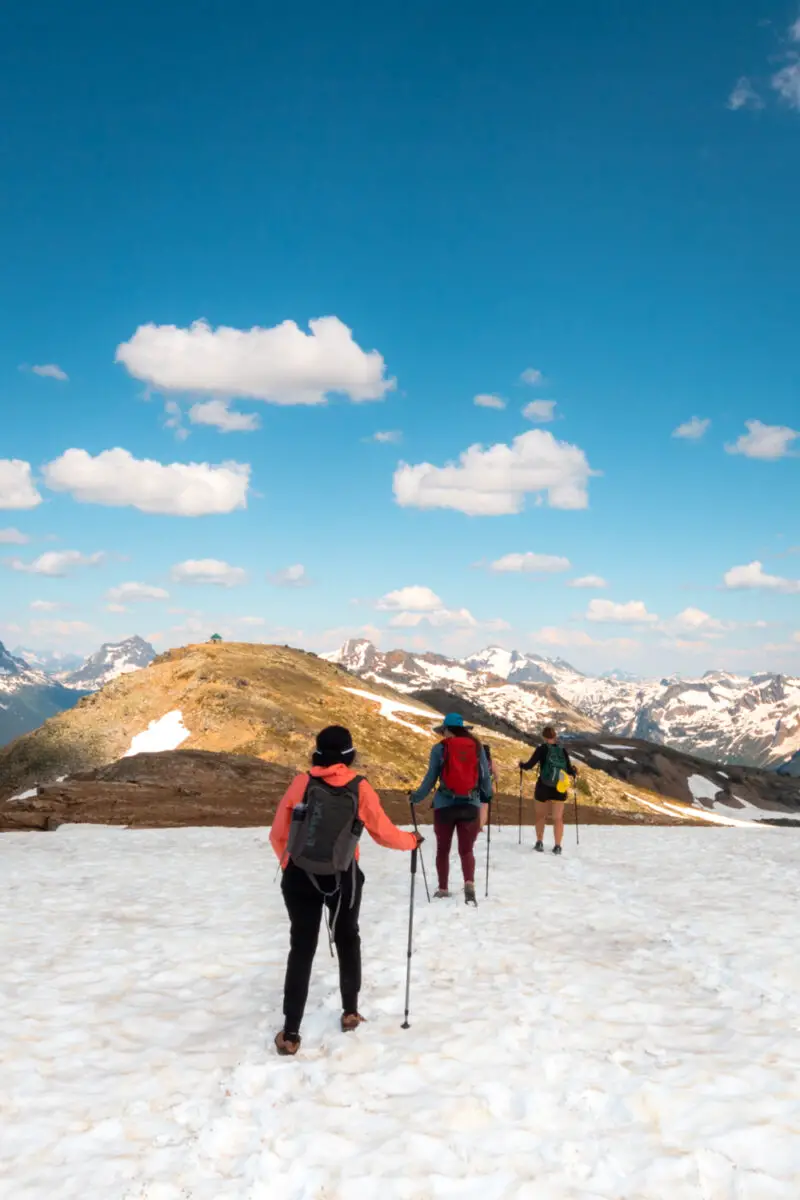
Practice Trail Etiquette
If you’ve spent any amount of time in the outdoors, I’m sure you’ve come across people who just grind your gears. Whether they’re taking up the entire trail or blasting their self-proclaimed theme song, there’s nothing quite like running into the trail jerk. Don’t let it be you.
The basics of trail etiquette are simple: treat others like you want to be treated! With that in mind, what is it really?
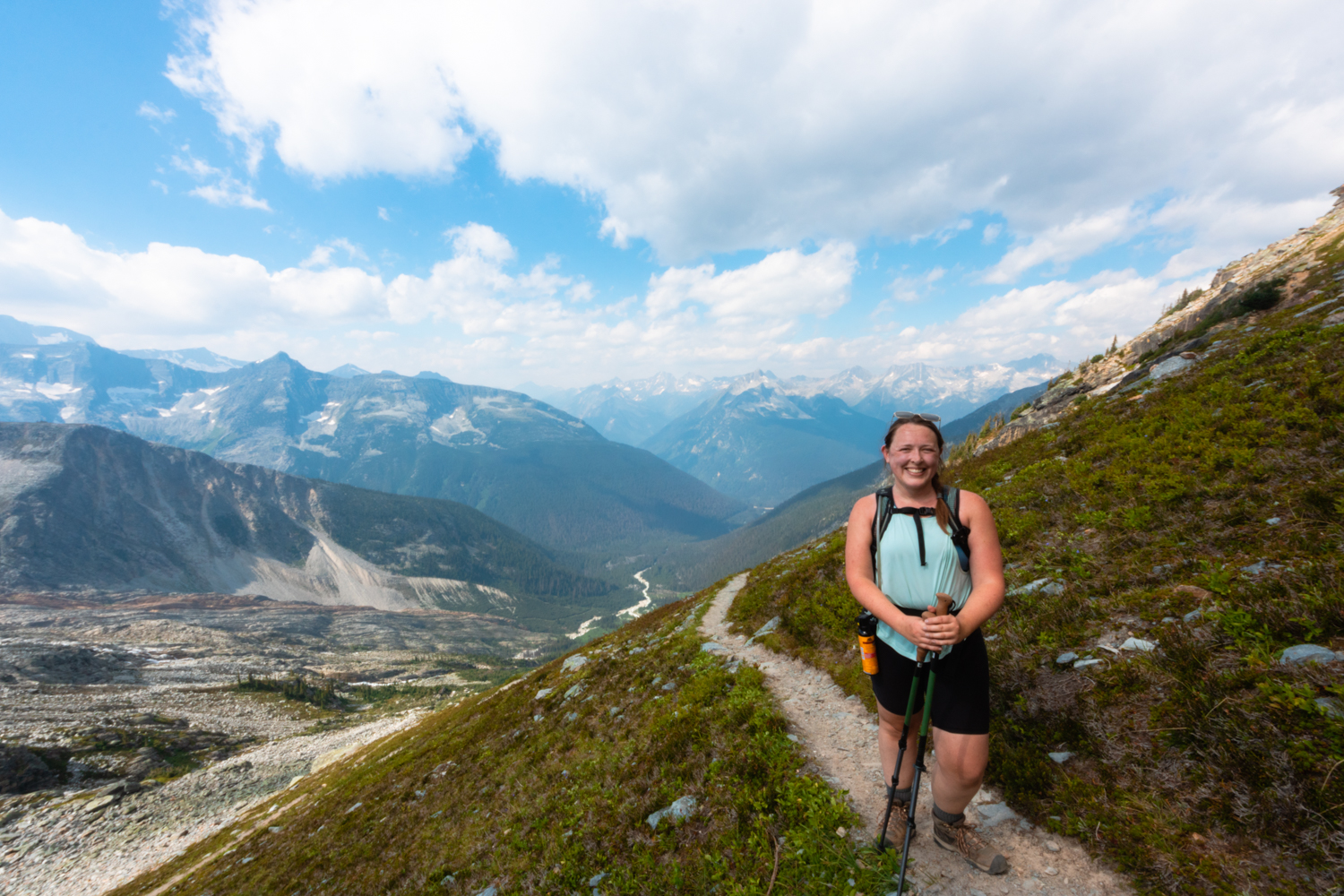
Right of Way
Unless you’re hiking in the absolute middle of nowhere, you’re bound to run into other trail users. So what does trail etiquette say should happen when you meet people, especially on a particularly narrow trail?
Uphill & Downhill Hikers
Trail etiquette says that downhill hikers should always yield to uphill hikers. Why?
Simply put, going uphill is a lot harder than going downhill. When you’re hiking uphill, you’re fighting gravity and always trying to keep your momentum going. You’re more likely to be focused on the trail directly in front of you, which drastically narrows your field of vision.
When you’re hiking downhill, those aren’t problems.
While downhill hikers should always step aside for uphill hikers, uphill hikers will sometimes willingly step aside. It’s a great opportunity for a break, after all! This choice is up to the uphill hiker, though, and you should never force an uphill hiker to stop.
Mountain Bikers, Hikers & Horses
You’re likely used to encountering other hikers on the trail, but what happens when you meet a biker or horse? Who has the right of way then?
Mountain Bikers & Hikers
When you’re hiking on a trail that’s shared with bikers, proper trail etiquette says that mountain bikers should yield to hikers. That’s because bikers are moving much faster and will usually see hikers first, plus bikes are more maneuverable.
However, according to Mountain Biking BC, there are a few instances where that might not apply. If a biker is working on a particularly difficult uphill, the hiker should yield (which is similar to downhill hikers yielding to uphill hikers). And on a bike-only trail, hikers should yield to bikers. Having said that, Mountain Biking BC also says that bikers should never expect a hiker to yield.
Nevertheless, you should always be on the alert regardless of if you’re the hiker or biker.
Horses & Hikers
If you encounter a horse on the trail, you need to yield to them. Horses can be easily spooked or lose their footing, especially on trails with loose gravel. Always give horses as much space as possible, move slowly, and stay quiet. You don’t want to get kicked in the face by a startled horse!
If you can, step to the downside of the trail when you’re letting a horse pass you. You’ll look less threatening that way.
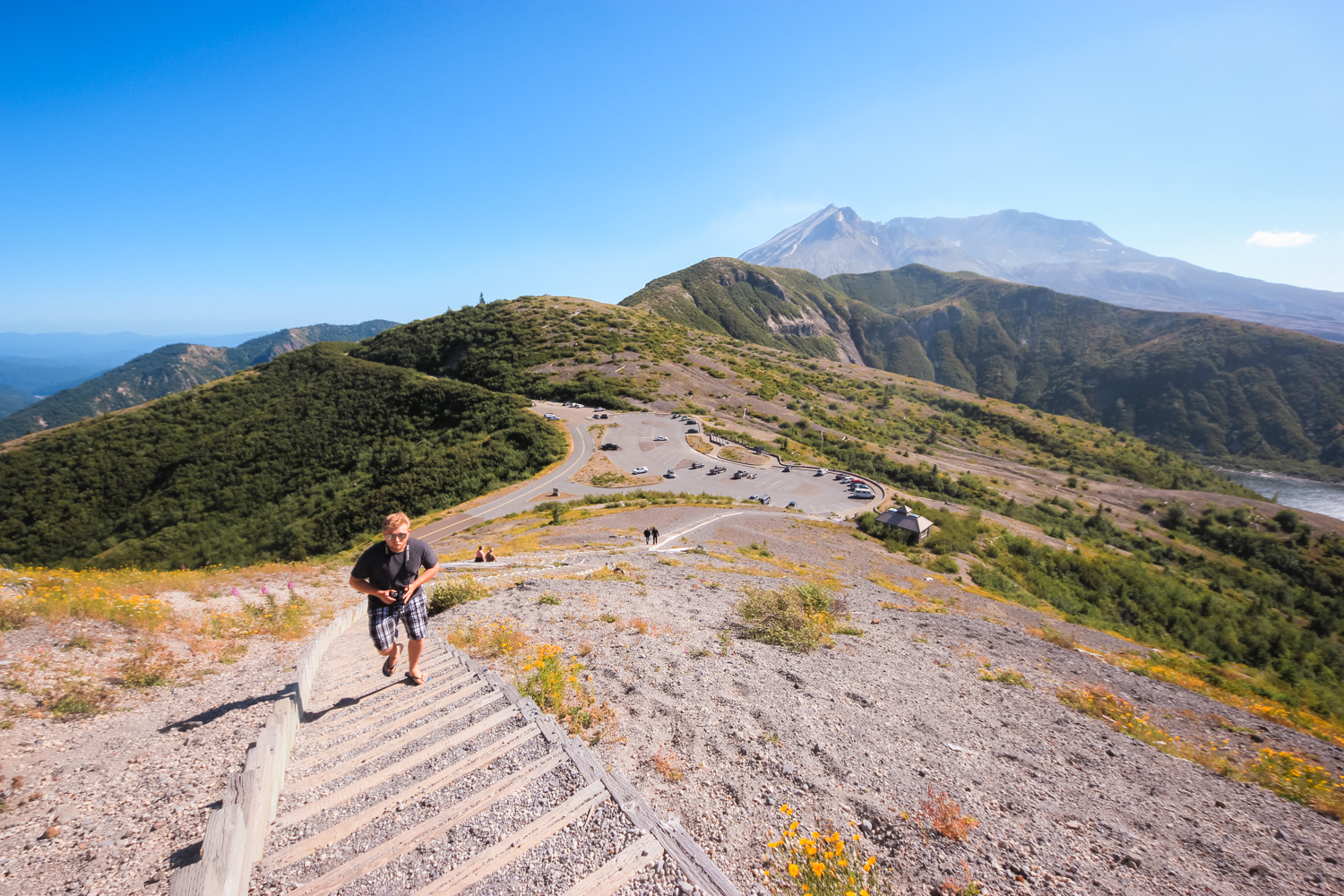
Let Faster Hikers Pass
When you’re hiking, you should always be aware of the other people on the trail. When someone inevitably catches up to you, step aside and let them pass. You don’t have to immediately step to the side, especially if it’s unsafe to do so, but try to let them pass as soon as you can. They’ll really appreciate it.
If you don’t let people pass you, they’ll end up hiking on your heels the entire way. You won’t have a good time and neither will they. Everyone will leave the trail unhappy.
If you’re trying to pass slower hikers, let them know you’re there. Don’t just show up beside them and scare the living hell out of them! Make some noise by humming, hitting your poles together, or simply calling ‘hi’.
Everyone should be able to enjoy the trail at their own pace and if you follow good trail etiquette, everyone will.
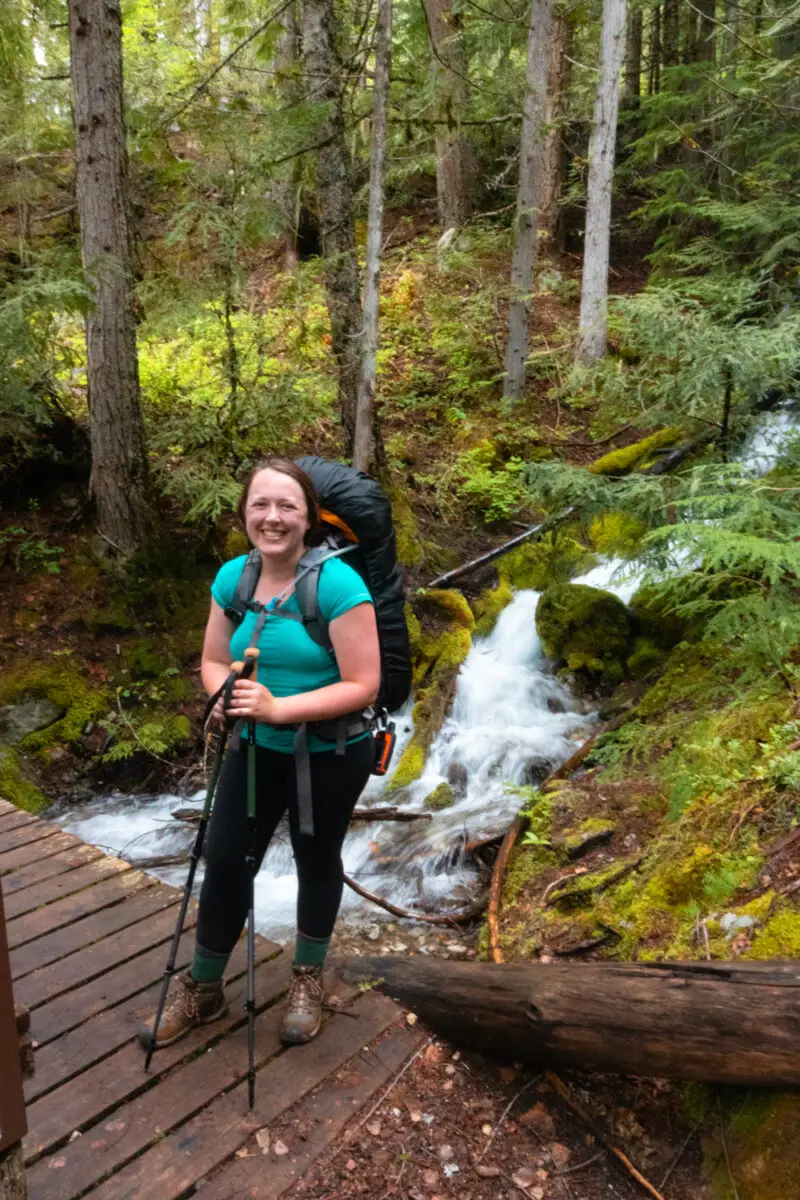
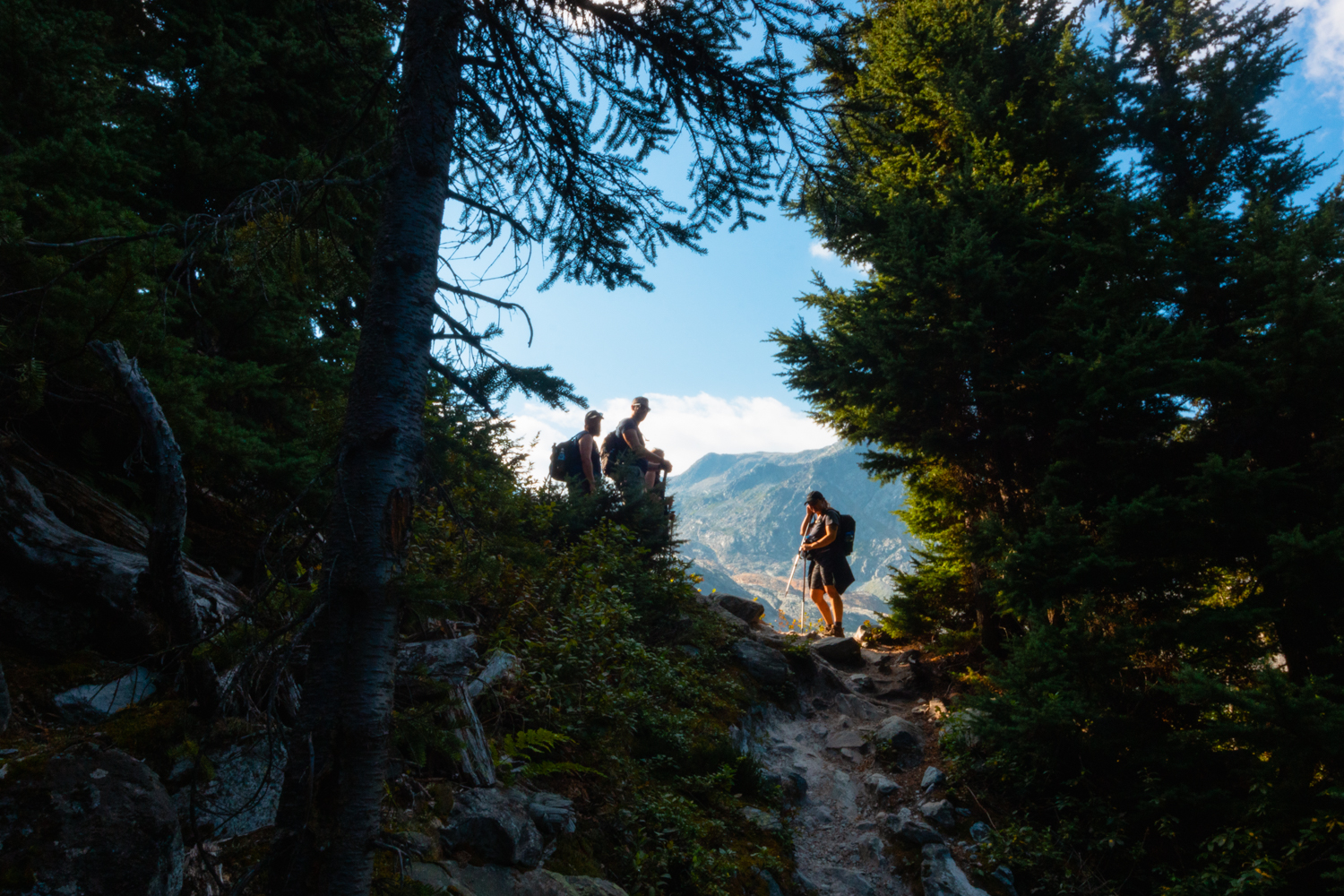
Hiking in a Big Group
Hiking with your friends is a great way to make memories. But since you’re hiking in a big group, there are additional things you should be aware of to ensure you and other trail users have an enjoyable time.
Be Aware of Where You Take Breaks
When your group is ready for a break, proper trail etiquette says that everyone should move to the same side of the trail. It’s much easier for other hikers to pass and they’ll really appreciate your consideration.
Imagine how annoying it would be if you had to step around a group resting in the middle of the trail. Or worse yet, if you couldn’t get by. I know that would drive me crazy.
Hike Single File
When you’re hiking in a big group, it’s best to hike in single file. This not only ensures you don’t accidentally step off the trail and trample plant life, but it’s also easier for other hikers to get by your group.
When you’re letting others pass, everyone should step to the same side of the trail.

Be Friendly
Hikers are a friendly bunch! Unlike the city where everyone’s glued to their phones, hikers almost always say a quick hello as they pass you. Sometimes they’ll even stop to chat.
Saying hi is about more than being friendly, though. It’s for everyone’s safety. By saying hi, other hikers are more likely to remember you should something happen. You can also ask about upcoming trail conditions or warn others about hazards.
If you’re out in nature to be alone, try not to ignore hikers that say hello to you. Give them a quick nod or smile; they’ll be thrown off if you don’t even acknowledge them.
If you’re the chatting type, don’t force your conversation on other hikers. While it’s true that the hiking community is very friendly, not everyone will want to stop to chat.
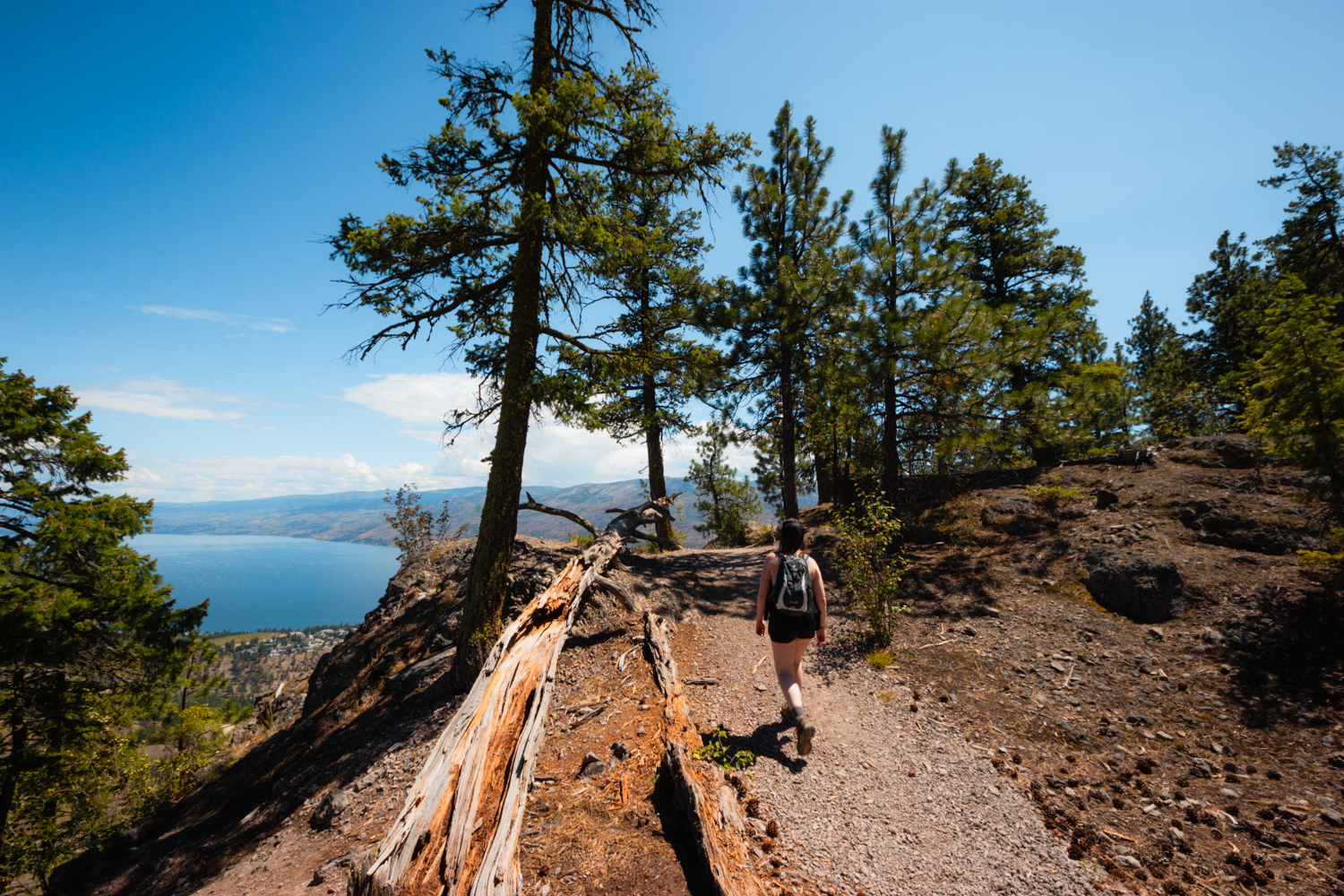
Tech on the Trail
We live in a world where we’re constantly bombarded with tech whether we like it or not. It’s not like that in nature, though, and it’s one of the reasons so many people are drawn to the outdoors.
Many of us bring our tech such as phones, cameras, or other hiking gear with us when we go on hikes. When we do that, it’s important to be conscientious of how we use it.
Music Trail Etiquette
I get it, some people absolutely love their music/podcasts. No matter what you do though, don’t listen to your music on speakers when you’re on the trail. There’s no quicker way to be labeled the trail jerk.
Most people go hiking to experience nature and escape the constant sounds we’re bombarded with. They want to hear the trickling stream, rocks crunching under their boots, and the wind rustling through the trees. There’s nothing quite as annoying as someone intentionally disturbing this peace.
There’s nothing wrong with listening to music while you’re hiking, just use headphones. Only use one earbud, though, so that you can still be aware of other hikers or animals around you.
What About Other Technology?
Besides keeping your music to yourself, don’t make excessively loud phone calls or barge in front of people to get that perfect “insta” photo — ugh, I hate myself for saying that.
If you have a drone, use it respectfully. Don’t film people or fly near them without their consent. Also, be sure you fly it legally.

Follow “Leave No Trace” Principles
A lot goes into Leave No Trace and I’m not going to cover it all in this article. To keep a long story short, Leave No Trace means you let nature do its thing and don’t damage the area.
This means you don’t pick plants or flowers, you pack out your garbage (including used toilet paper), and you stay on the trail. Those are only a few examples, but they should be enough to give you an idea of what Leave No Trace is all about.
If you want to check out the official rules, head over The Center for Outdoor Ethics, who are the original creators of Leave No Trace. If not, here’s a quick overview.
Stay on the Trail
It’s easy to be tempted to wander off the trail by pretty views. Don’t act on that temptation.
When you venture off the trail, you trample vegetation and erode dirt which can seriously damage the ecosystem. When the ecosystem is damaged, the area begins to degrade and it’s less likely other hikers will be able to enjoy the area the same way as you in the future.
This also goes for cutting switchbacks. Trail builders put lots of thought into making trails and switchbacks are there to make the trail more enjoyable for everyone. They might take longer, but by cutting switchbacks you’re causing the trail to erode and you’re damaging vegetation.
This goes for a muddy trail, too. When you walk around a mud puddle, it widens the trail and causes erosion.
You might think one person can’t possibly do that much damage, but just think what would happen if every other hiker thought the same thing. By staying on the designated trail, you’re ensuring that the trail doesn’t get ruined for everyone.
If You Pack It In, Pack It Out
Live by this saying when you’re out hiking – or doing anything outside. If you bring something with you onto the trails, it has to come back with you. Don’t leave anything out there. Better yet, pick up some of the trash you see.
Leave the outdoors better than you found it!
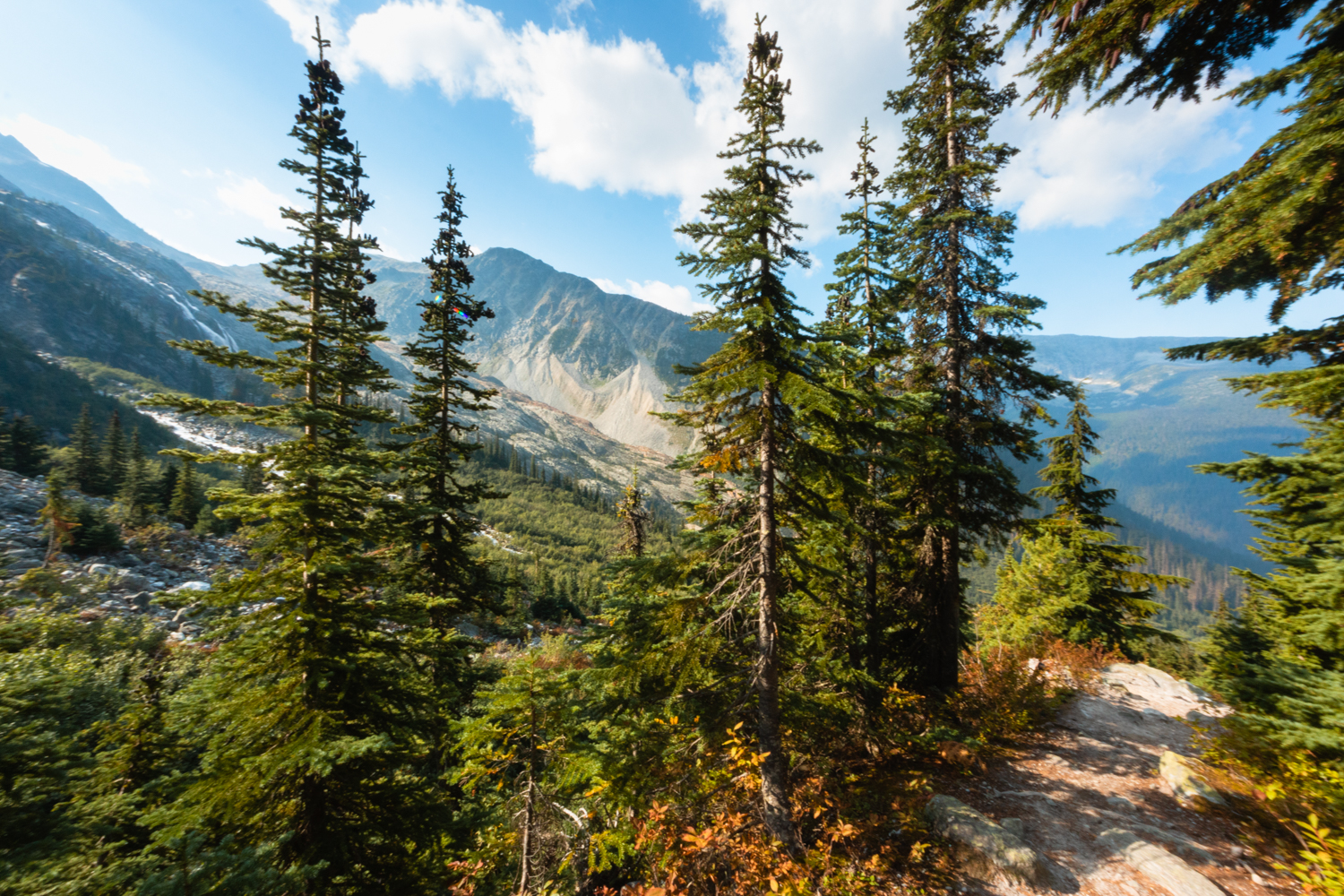
Respect Wildlife
You might be on the trails to escape your home, but the animals you encounter aren’t. Those mountains and forests are their home. Respect them by respecting their home.
When you see wildlife, always give them plenty of space. Not only does this help not disturb them, it helps keep you safe. A seemingly peaceful animal can quickly turn aggressive if it feels threatened.
This definitely goes for bears. We wrote a post about bear safety that you should know before you head onto the trail.

Hiking with Dogs
It’s always fun to bring your furry friend on the trail with you! But remember that your dog certainly isn’t exempt from trail etiquette.
Only bring your dog on dog-friendly trails and always follow the leash laws. If the trail is off-leash, that doesn’t mean your pooch can run wild doing whatever it wants. Your dog needs to be under control and always in your line of sight. Don’t let them disturb wildlife or trample plant life.
When hikers approach, regardless of if they have a dog or not, always leash your pooch and step aside. Not everyone appreciates a dog running up to or jumping on them – you never know if someone is scared of or has had a bad encounter with a dog before. If your dog is unfriendly or has problems with dogs, let your fellow hikers know.
And always, always, always clean up after your dog! Don’t leave your poop bags lying around, even if you plan on picking it up on the way out. Not only is it gross for other hikers to stumble upon a poop bag (or worse, not cleaned up poop), it’s just plain bad hiking etiquette and goes against Leave No Trace principles.
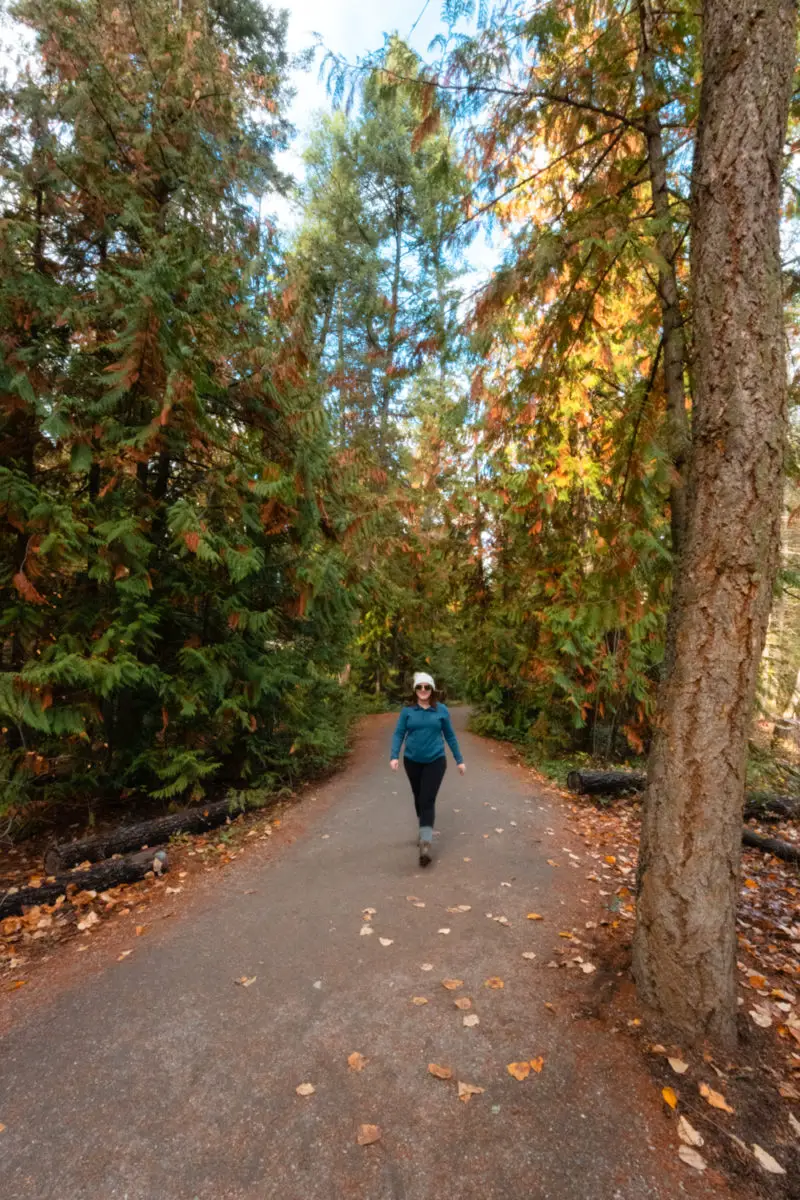

Follow the Trail’s Guidelines
Before you head out on a hike, check the trail’s guidelines at the trailhead. Most trail rules are quite similar, but sometimes there are important specific things to know.
Maybe bears have been spotted in the area. Maybe dogs aren’t allowed or are only allowed on leash. Or maybe there’s been a washout you need to navigate.
By following proper trail etiquette, you’re ensuring that you and everyone else on the trail has a wonderful time enjoying nature! And that’s all we really want.

